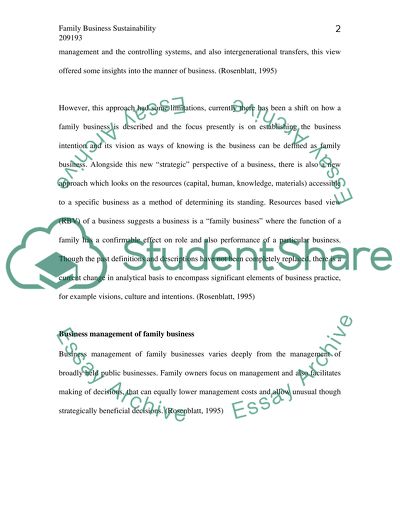Cite this document
(“Literature Review 'Family Business Sustainability' Essay”, n.d.)
Literature Review 'Family Business Sustainability' Essay. Retrieved from https://studentshare.org/miscellaneous/1530927-literature-review-family-business-sustainability
Literature Review 'Family Business Sustainability' Essay. Retrieved from https://studentshare.org/miscellaneous/1530927-literature-review-family-business-sustainability
(Literature Review 'Family Business Sustainability' Essay)
Literature Review 'Family Business Sustainability' Essay. https://studentshare.org/miscellaneous/1530927-literature-review-family-business-sustainability.
Literature Review 'Family Business Sustainability' Essay. https://studentshare.org/miscellaneous/1530927-literature-review-family-business-sustainability.
“Literature Review 'Family Business Sustainability' Essay”, n.d. https://studentshare.org/miscellaneous/1530927-literature-review-family-business-sustainability.


